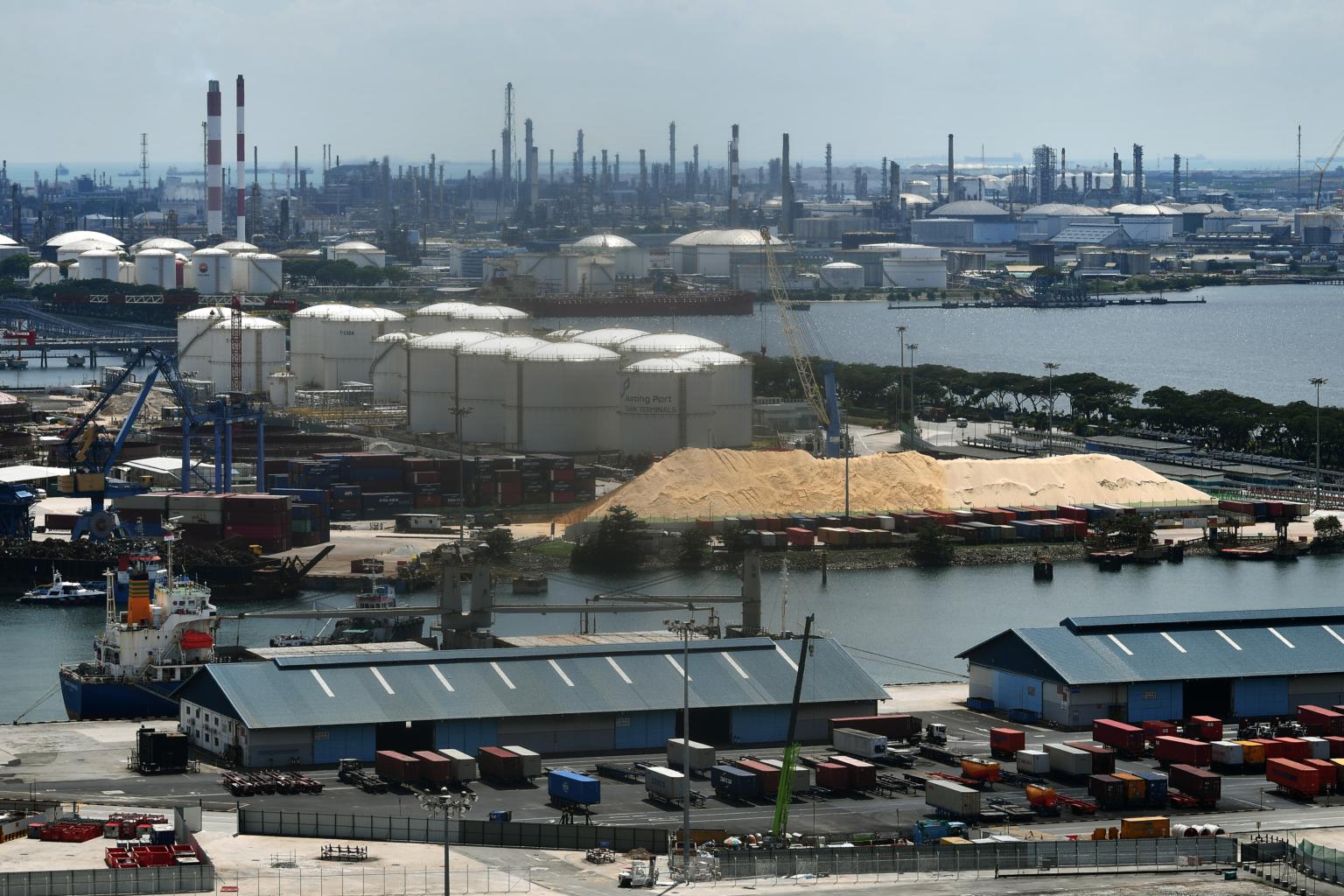Methane emissions can be 4 times more at each degree of warming than thought
Sign up now: Get ST's newsletters delivered to your inbox

Global warming could mean an increased production of methane.
PHOTO: ST FILE
Follow topic:
SINGAPORE - Methane - a heat-trapping greenhouse gas more potent than carbon dioxide - can be up to four times higher at each degree of warming than previously thought, explaining its record-high concentrations in recent months, a study has found.
Produced from sources such as livestock farming, landfills and fossil fuel extraction such as coal mining, methane is the second-biggest greenhouse gas contributor to the Earth's warming.
The latest figures from the United States' National Oceanic and Atmospheric Administration (NOAA) show that the amount of methane in the atmosphere reached historic highs in 2020 and 2021 and is currently increasing at its fastest recorded rate.
This is despite the fact that man-made methane emissions decreased during the Covid-19 pandemic in 2020, according to scientists from the Nanyang Technological University (NTU).
Methane is 25 times more potent at trapping heat than carbon dioxide.
The study, published in the scientific journal Nature Communications on June 23, found that the impact could be four times greater than estimated in the latest Intergovernmental Panel on Climate Change (IPCC) report.
Professor Simon Redfern, lead author of the study and dean of NTU's College of Science, said the latest IPCC report released in August last year showed that methane is responsible for around one-third of the estimated 1.5 deg C of global warming since pre-industrial times, with around half due to carbon dioxide.
He noted that sulphur dioxide emissions have had a 0.5 deg C cooling effect, bringing total warming to just above 1 deg C since pre-industrial times. Sulphur dioxide can be produced from natural sources such as fires and volcanoes, as well as the burning of fossil fuels.
World leaders had pledged under the 2015 Paris Agreement to prevent crossing the long-term 1.5 deg C threshold of warming, as doing so could unleash catastrophic consequences.
Using data gathered over the last four decades to study the effects of temperature changes and rain on the atmospheric concentration of methane, the NTU team concluded that the Earth could be both delivering more, and removing less, methane into the air than previously estimated, resulting in more heat being trapped in the atmosphere.
Mr Cheng Chin-Hsien, first author of the study and a researcher at the NTU Asian School of the Environment, said: "We put this down to delayed effects from nature's interactions with methane emissions. This means that the recent sudden surge in methane emissions and the increase in warming could be a result of climate change years or even decades ago."
Fossil fuel production and use contributes nearly one-third of total methane emissions, according to the NOAA.
Prof Redfern noted that a warmer environment generally leads to an increase in the amount of methane generated by microbes.
Eventually, the methane is removed when it undergoes a chemical process known as oxidation, whereby a hydroxyl, composed of an oxygen and a hydrogen atom, acts as the air's "detergent" to cleanse the atmosphere of harmful trace gases such as methane. This process leaves behind carbon dioxide and water.
Hydroxyls are formed naturally from water vapour under sunlight.
However, global warming could mean an increased production of methane, with slower removal, given that wildfires are becoming increasingly common as the world warms.
Wildfires produce large amounts of carbon monoxide that react strongly with the hydroxyls, using up the atmosphere's "detergent" and leaving less behind to remove methane. This extends the lifespan of methane - which remains in the atmosphere for about a decade.

This could be compounded by a cooler year after the wildfires - where less water vapour produced by the ocean further limits the amount of hydroxyls in the air, once more prolonging the lifespan of methane, said Prof Redfern.
"These processes act on year-by-year timescales, masking and unmasking the effects of long-term increase of methane emissions. Our analysis has revealed that this effect could mean a potentially stronger methane rate of increase than would be otherwise noticed," he added.
However, Associate Professor Koh Tieh Yong, a weather and climate scientist from the Singapore University of Social Sciences, said the main greenhouse gas causing global warming is and still continues to be carbon dioxide.
"By reducing methane emissions quickly, however, global warming (caused by methane) can be quickly mitigated within a few decades as methane levels fall," he added.
"This mitigation impact is small but it buys humanity some time in dealing with the economically more challenging problem of cutting down fossil fuel use to reduce carbon dioxide emissions," he said.

